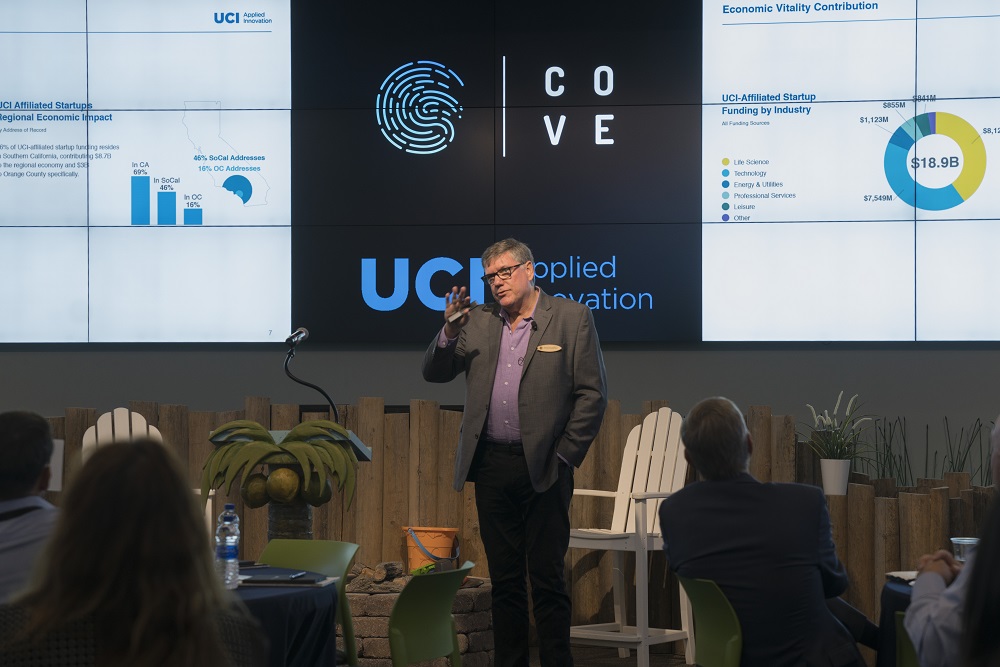10 Communications Tips for Quantum Tech Startups in the Covid-19 Era
August 26, 2020 | Blog | No Comments

Covid-19 has created challenging economic times for every business. However, quantum technology companies continue to be funded at record levels by venture capital firms and governments worldwide while Fortune 500 companies continue to test the waters to ensure they are ‘quantum ready.’
That’s why it’s more important than ever that quantum technology startups continue to implement communications strategies that help them be seen, understood and attain success.
Whether it’s securing capital, attracting partners or securing initial customers, business success requires business communications. To meet the business goals of your quantum computing startup today and into the post-Covid world, now is the time to build a communications foundation that positions you for growth.
In that vein, HKA, the global PR and marketing headquarters for quantum technologies, has developed the following list of the best communications strategies for quantum computing companies to survive and thrive in the Covid-19 era:
1. Start a communications program now. Or if you have a PR and marketing program already in place, don’t stop. The fact is, with new legions of stay-at-home workers facing travel restrictions, there has never been a larger, more receptive online audience available. Take advantage of every digital marketing resource you can, from email marketing and social media to webinars and media stories. Take budgets you had set aside for travel and events in the 3D world and apply them to the 2D one for an even better return on investment.
2. Make your story comprehensible. Quantum computing might be complex but that doesn’t mean the narrative you tell in the marketplace has to be. It’s likely that the vast majority of your stakeholders are not quantum physicists. In fact, even non-quantum physicists have a difficult time understanding the field. Explain your company’s solution in terms that can be understood by a broad audience of business and IT professionals, investors, industry analysts and more. Using easily grasped analogies connected to everyday relatable settings is often the best way to achieve broader understanding.
3. Know your tech marketing history. In the early days of every nascent technology field, most people don’t understand its significance until it’s marketed to them in a compelling way. Mainframe computers weren’t automatically purchased by corporations until IBM explained their benefits to customers. Personal computers seemed out of place in homes until companies made it clear they weren’t. Semiconductors weren’t on everyone’s minds until Intel reminded them what’s inside. I’m old enough to remember when WSYIWYG was just another crazy technology acronym and then somehow became a household term. Complex technologies such as quantum computing can be effectively communicated and understood by everyone. It just takes work and imagination.
4. Avoid the hype. The quantum computing industry already has its share of companies exaggerating what’s possible today. Oftentimes, newbies to the PR and marketing discipline believe exaggeration is a smart strategy. That couldn’t be further from the truth. The best communications program educates the market with factual information presented in interesting and accessible ways. Most experts believe useful quantum computers are a good five years away, so don’t add to the confusion. It’s also a truism in technology – the more something is over-hyped, the bigger the disappointment and the possibility of the so-called “winter of disillusionment.”
5. Map your milestones. While over-hyping quantum computing is bad, you should help people understand your technology’s path to success with a timeline of milestones you’re working towards. These clearly defined benchmarks can guide your audience by setting realistic expectations regarding where your technology will be in the coming years and the valuable contributions it will make along the way. Of course, when you meet a challenging milestone you’ve set, then trumpet that accomplishment all you can. Think Google and its “quantum supremacy” announcement but applicable to your market niche.
6. Know your audience. Before embarking on any communications program, you should have your target audiences well-defined to help focus your efforts and secure tangible results. A quantum computing software firm is not going to benefit from a Superbowl ad. However, developing and disseminating a best practices guide on how to create effective quantum computing algorithms for researchers in academia and the corporate world might be just the ticket in securing the right attention from the right audience.
7. Communicate value early. If you have created a solution of any kind, that means you believe it can help someone. Even if that solution is still under development, you need to let people know the clear benefits and what it means to potential customers. While academic research is dedicated to knowledge-seeking, if you wish to be viable in the marketplace you must explain the quantifiable benefits as early and often as possible.
8. Tell a business story not just a tech story. The sooner the market sees your quantum computing startup as a real business and not a pie-in-sky research project, the better. Talk about how you’re bringing the technology to market, who on your team will help customers meet their business goals, and why the market should care.
9. Become an industry thought leader. It’s an over-used term, but if you’ve been in this nascent field for just a couple of years or more, that makes you an expert to most newcomers. Work with your PR counselor on discussing how your informed perspective on the industry can become an indispensable part of the industry conversation.
10. The media are waiting for you. There is no lack of interest in quantum computing from the tech, trade, business and mainstream media. Covid-19 means there are less companies promoting themselves and many media are seeking forward-looking, positive stories. For many media representatives as well as their audiences, the unlimited opportunities of quantum computing can be as inspiring to the imagination as space travel. Get them involved in telling your story as part of the industry’s story.
11. Extra pro tip. Review these tips for quantum computing startups seeking funding for additional insights and recommendations to ensure you not only survive but thrive during these turbulent times.








